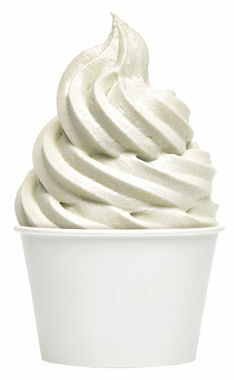Mixtures (union of two or more different substances), in general, are very present in our daily lives. Want to see an example? Mixing some powdered chocolate with milk that most of us make for breakfast. They are made up of two materials, one called dispersant and the other called dispersant. The dispersant is always the largest component in the mixture, while the dispersant is the smallest component.
The focus of today's text is the Heterogeneous Mixtures, that is, those that have two or more phases. These phases can be perceived by their visual aspect, as physical states or different colors. Generally, heterogeneous mixtures are classified as suspensions or colloids, and this classification is determined by the particle size of the component in the smallest amount of the mixture.
♦ Colloids: have particles with size between 10 and 1000 angstroms¹;
♦ Suspensions: have particles larger than 1000 angstroms.
¹Note: An angstrom corresponds to 10-10 meters, that is, an angstrom is 10,000,000 times smaller than a meter.
But what exactly are a suspension and a colloid? Well, we already know that they are heterogeneous mixtures differentiated by the size of the materials that are in smaller quantities. However, it is necessary to carry out a more detailed study on how we can identify them and their main examples. Come on?
a) Colloids
They are heterogeneous mixtures in which the material in a smaller quantity (dispersed) can only be seen under an ultramicroscope, that is, with the naked eye, the sensation is that we have a homogeneous mixture. Some examples of colloids that we come into contact with on a daily basis are:
blood;
gelatine;
precious stones;
butters;
jams;
milk;
Mayo;
moisturizing cream;
polystyrene;
Chantilly;
fog;
smoke.

Whipped cream is an example of a heterogeneous mixture called colloid
b) Suspensions
Suspensions, on the other hand, are heterogeneous mixtures in which it is possible to observe the dispersed with the naked eye. In some cases, we can use an ordinary microscope to better visualize the scattering particles. Examples of suspensions are:
Water with sand;
Gunpowder;
Granite;
Wood.
By Me. Diogo Lopes Dias



